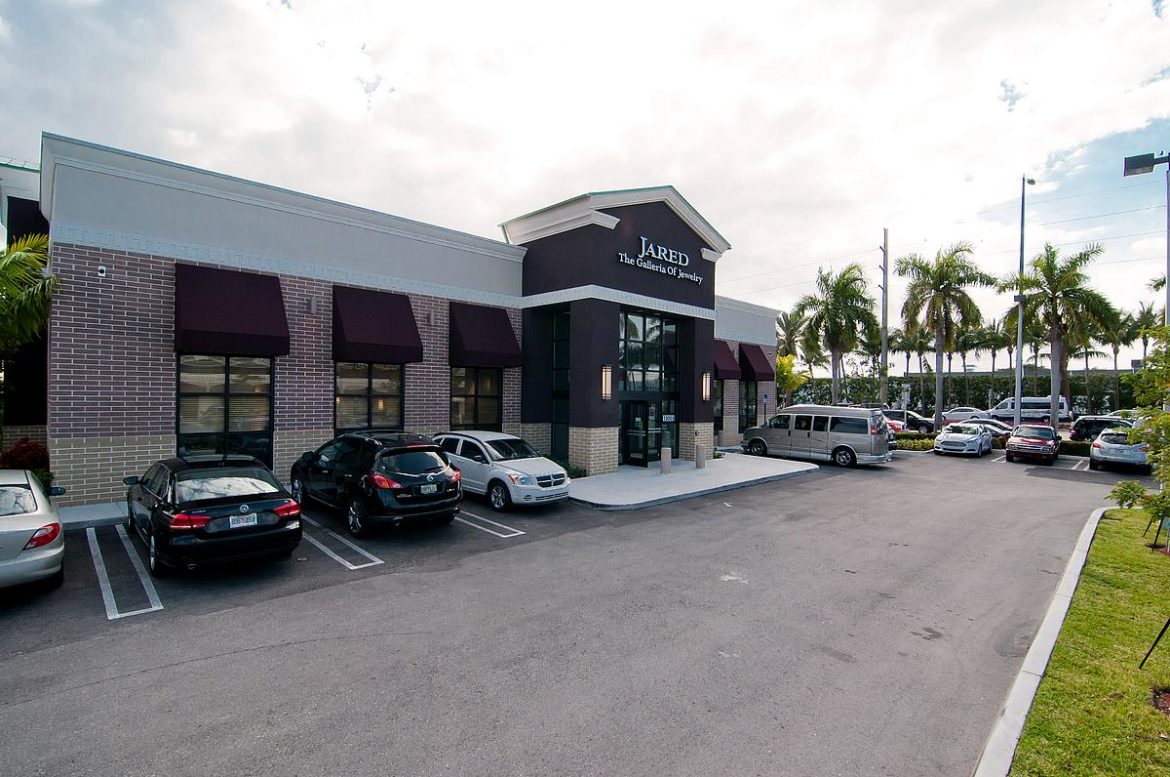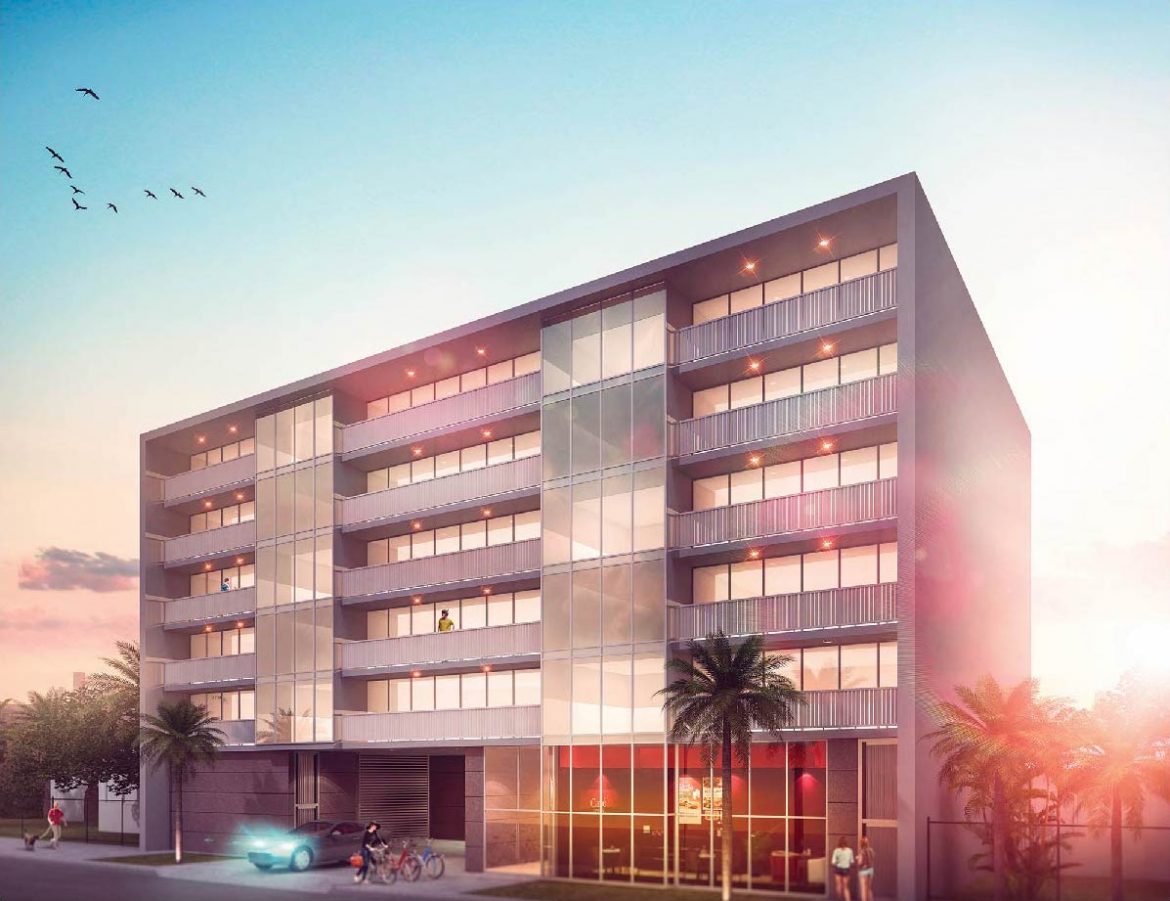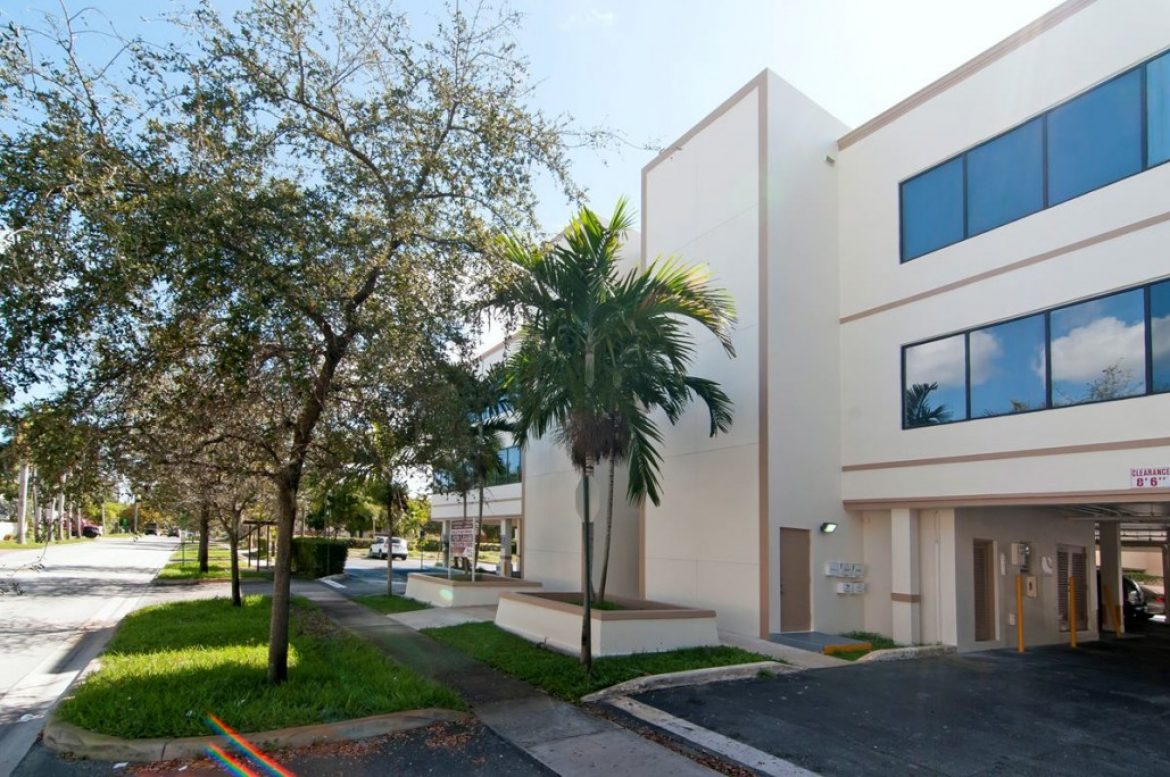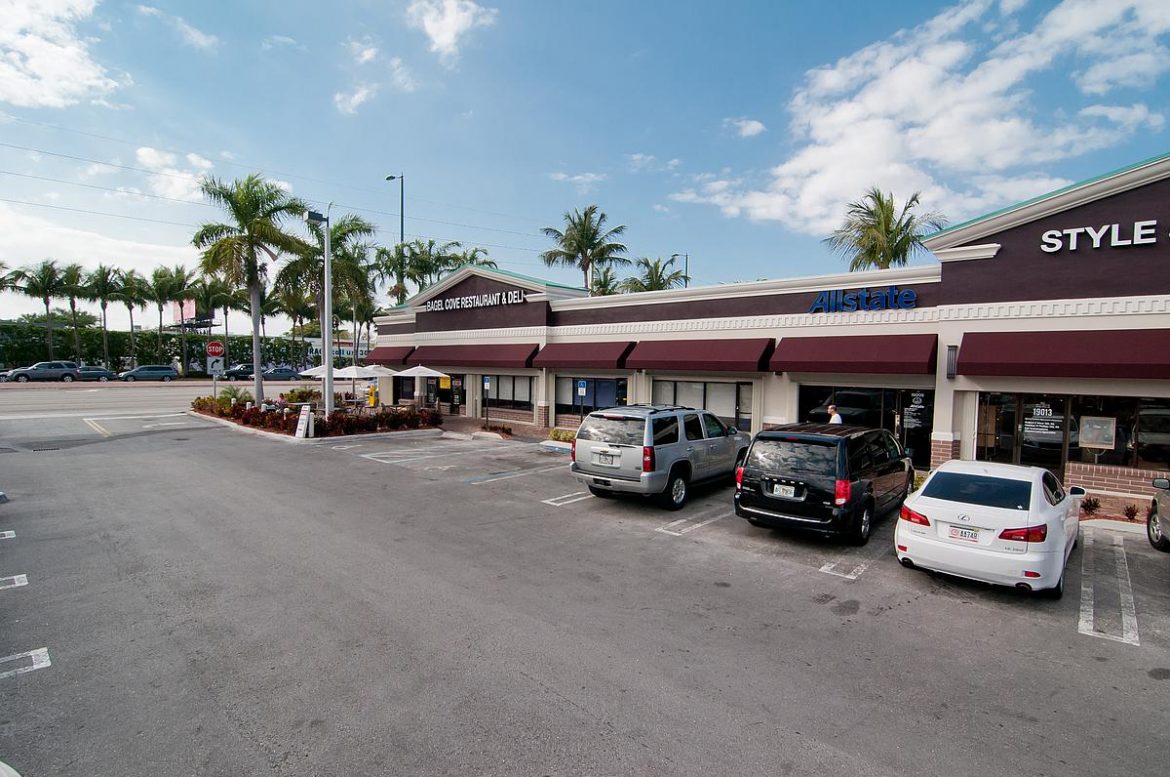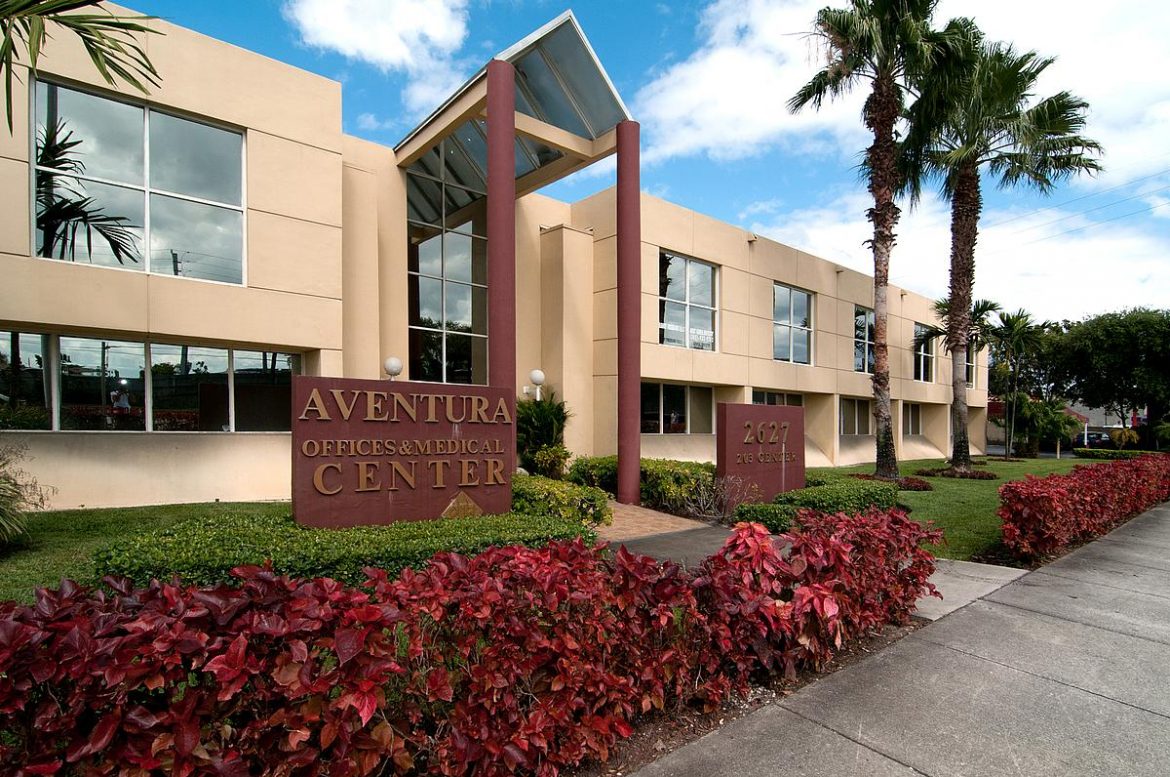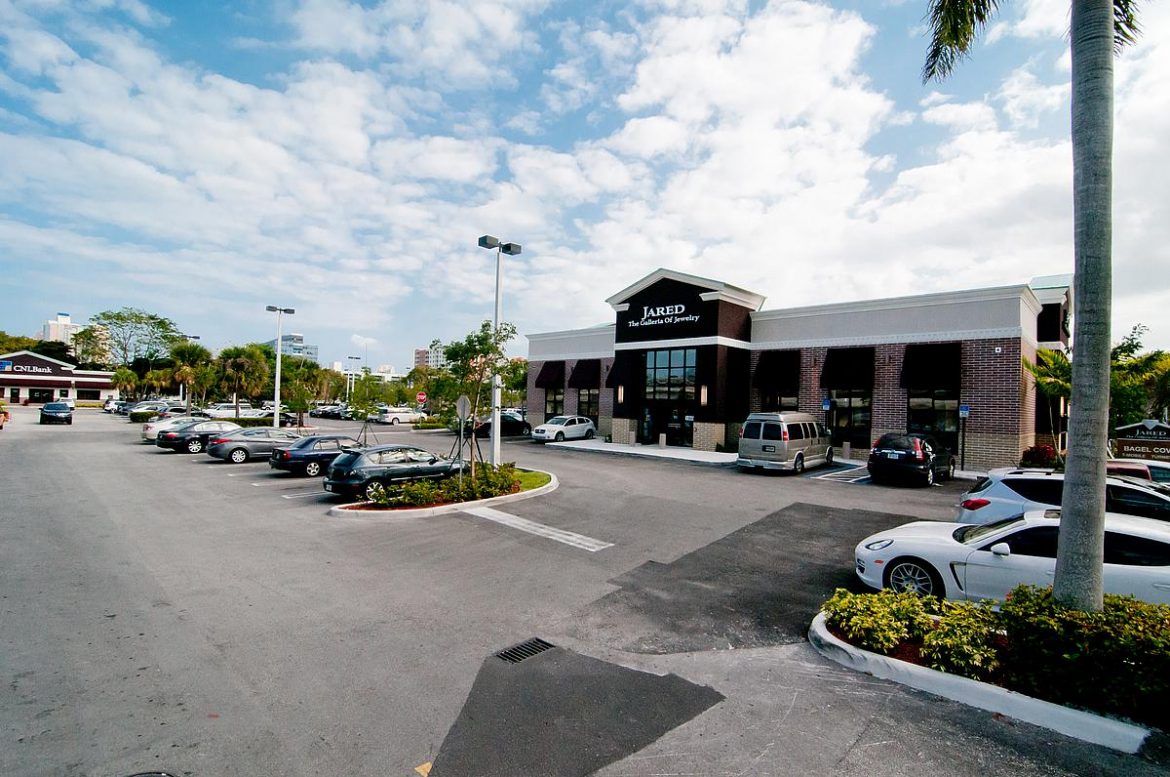
As medical offices struggle to keep their doors open during COVID-19, they’re often going to their landlords to request relief.
While medical office landlords might be inclined to provide this relief rather than seeing their tenants go out of business, Allison Nelson, co-deputy chair of Akerman’s real estate group, says laws specific to the healthcare sector could open landlords up to compliance issues. The main threat is violating The Stark Law and the Anti-Kickback Statute, which is a set of federal laws that prohibit physician self-referral.
These laws may be applicable when a physician or healthcare practitioner or an immediate family member of a physician is leasing or subleasing from another healthcare provider or hospital. Making things even thornier is that there could also be state corollaries to these laws.
“The [medical office] lease has to be at fair market value, and the parties can’t give concessions to each other or remuneration outside the contract,” Nelson says. “So that’s where you could get into issues with giving rent relief, which could inadvertently be considered a kickback in exchange for referrals of patients between the parties.”
In these situations, Nelson advises landlords to get their attorney involved to determine if Sark law or the Anti-Kickback Statute governs a leasing arrangement. They should also determine if the lease or sublease provides a provision that allows for a concession.
But there are situations where Nelson thinks rent relief may be acceptable. “If the healthcare system just closes down its entire medical office building and bars a tenant from use of the space, that’s probably a pretty easy example of an instance in which a rent concession is allowed,” Nelson says. “The tenant was denied access, and the whole building was shut down.”
The Anti-Kickback Statute is generally an intent-based law, according to Nelson. So if the landlord creates a policy for all tenants, that could help establish that there was no intent.
“Under The Anti-Kickback Statute, there has to be an intent to induce referrals,” Nelson says. “So if they are creating consistent policy across the board, it’s going to help mitigate that intent to induce referrals.”
Government agencies have moved to provide relief. The Centers for Medicare & Medicaid Services offered blank waivers for arrangements governed by the Stark law if related to a COVID-19 purpose. The Office of Inspector General also issued guidance that it wouldn’t prosecute or enforce agreements subject The Anti-Kickback Statute. “Hospitals and healthcare systems are looking to those blanket waivers now to give them some means for providing written concessions or other types of relief to their tenants,” Nelson says.
Nelson advises her medical office clients to create a protocol for dealing with rent relief requests.
“Maybe the tenant has to prove that they sought loans under the Paycheck Protection Program or that not getting this relief will cause an economic hardship for them that could put them out of business,” Nelson says. “That’s important with these blanket waivers. They have to be related to a COVID-19 purpose.”
Nelson says that purpose could include a lease at a below fair market value rate so a physician could treat COVID-19 patients at a hospital. “Some argue it could include rent relief to ensure medical practices stay open to serve the community,” she says.
Source: GlobeSt.

